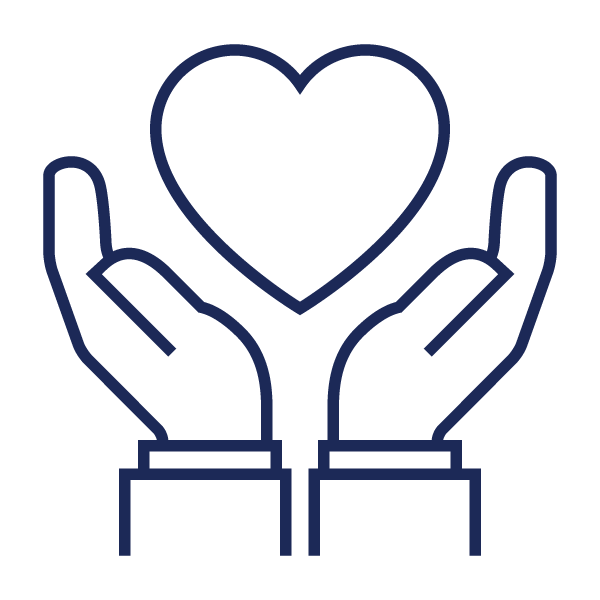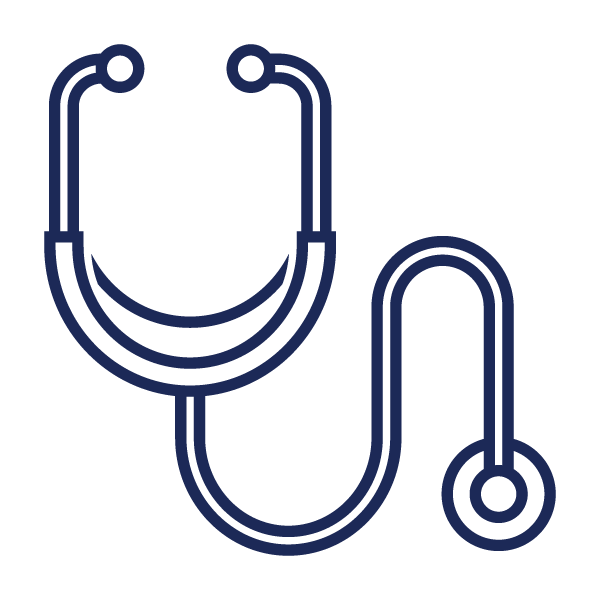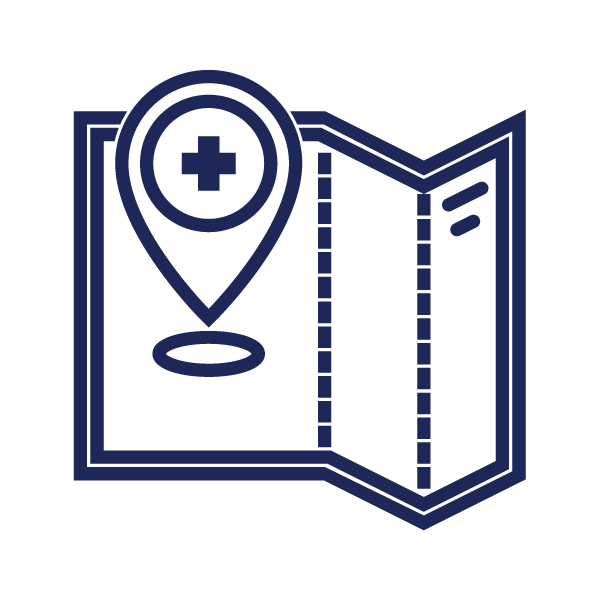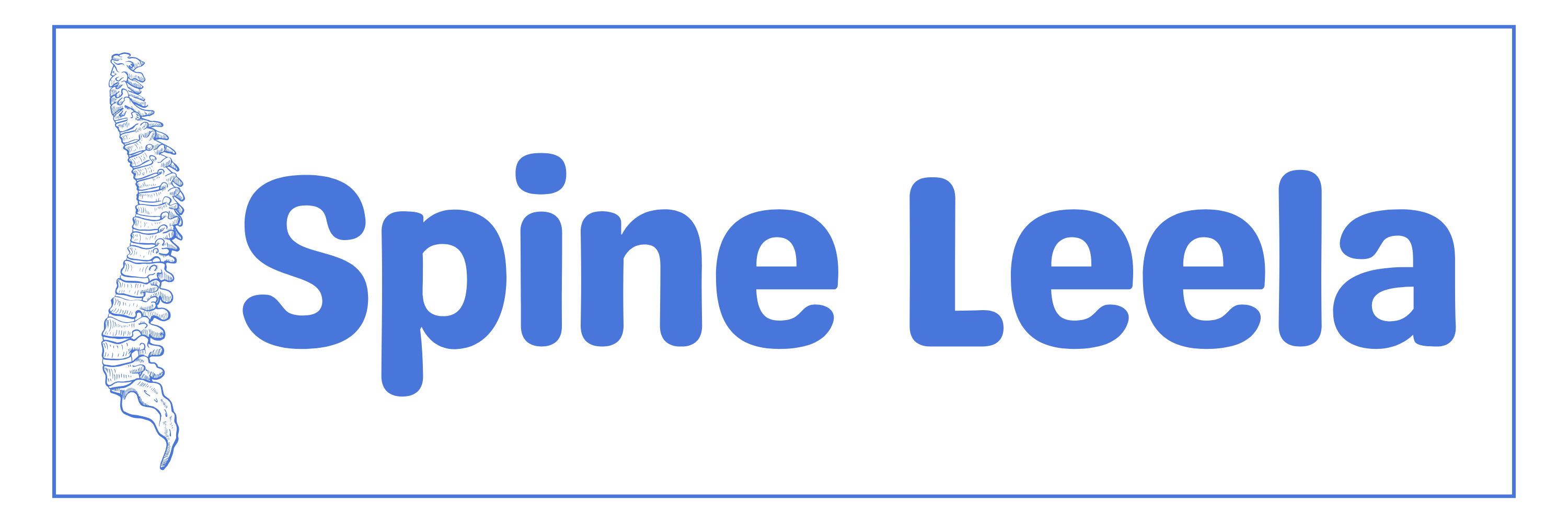- 14-1-3/1, Nowroji Rd, Opp More Supermarket, Visakhapatnam
- spineleela@gmail.com
- +91 95739 17693
FAQ
Home > FAQ
Dedicated Care, Every Step of the Way

At our clinic, we prioritize patient care and understanding. Our team of experienced spine specialists, led by Dr. B. Leela Prasad, works collaboratively to ensure every patient receives compassionate and personalized treatment.
If you have questions about your spinal health, we are here to provide clear and comprehensive answers. Whether it’s understanding symptoms, exploring treatment options, or managing recovery, our team is committed to guiding you through your journey to better health.

Serve With a Compassion
We believe in more than just providing treatment; we create lasting bonds with our patients through empathy and personalized care. Your health is our priority, and we strive to exceed your expectations every time.

Understand What You Need
Listening is the key to healing. Our dedicated professionals take the time to understand your concerns and provide treatments that suit your lifestyle and preferences, ensuring you feel empowered throughout your recovery journey.
After back or neck surgery, there are no specific rules about how to sleep. You can sleep the same way you did before the operation. But depending on the surgery, turning in bed might be painful, so you might need someone to help you turn in bed for the first one or two days after the surgery. After a couple of days, you might be able to move around in bed, but it’s better to turn to one side and get up than to get up straight. After the surgery, it will feel better. Depending on the type of treatment and the amount of pain, there are usually no limits. You can sleep on your back or turn over to the side.
To get out of bed, turn to one side and keep your legs down. Then, use your hand to help you get out of bed. For the same reason, if you want to get into bed, sit down first and then lie on your side in a relaxed position.
Any pillow that makes you feel good and doesn’t make your pain worse is fine. Any pillow that works for you is fine.
It varies on the kind of surgery, how long it takes, and what kind of surgery it is. So, after usual disc surgeries these days, there isn’t a strict need to stay in bed. This is because the surgeries are less invasive. You only need one or two days in bed to recover. The next day, you can get out of bed and walk around. You can move around after the second day after big surgery. Thus, staying in bed after surgery is not necessary. The surgery’s goal is to get the patient up and moving, not to put them in bed. You might be able to get up on the second or third day after big surgeries like deform or reconstructive surgery.
Avoid sitting on stools and chairs that don’t have back support if you can help it. An armchair or a chair with a backrest should be fine.
Once the pain from the surgery has gone down, you can go to the the bathroom a day or two after the procedure.
After surgery, you can go up the stairs, but at first you’ll need to use the handrail as support. As soon as the pain from the surgery goes away, you can climb with any help.
Surgery is usually the last option for back or neck pain. They are many non surgical options starting from:
- Simple rest
- Physiotherapy
- Medications
- Exercises to prevent back pain
- Yoga is also a good option for strengthening the back and neck muscles.
Back and neck pain usually goes away on its own, without medicine. Most of the time, it gets better after a few days of rest or medicine. So you should only go to the doctor when the pain is really bad. If the pain is severe, you won’t be able to get out of bed or move around the house. It will also hurt your leg and arm. You need to see a doctor right away if the pain is bugging you when you’re not moving. You should see a doctor if the pain keeps you from sleeping, which means it’s very bad. If you’re in pain for more than a week and it doesn’t get better, you should also see a doctor to find out what’s wrong and get painkillers. Any back pain that gets worse when you cough or sneeze or when you take deep breaths is also a sign that something is wrong, so you should see a doctor.
When someone has regular back pain, the pain usually stays in the back and doesn’t go down the leg. But when someone has sciatica, the pain starts in the back and goes down one or both legs. If that’s the case, it could go down behind the buttocks, behind the leg to the knee, and then down to the foot. It could also start on the back, side, or front of the thigh and go down the leg to the foot. Sciatica is the pain that goes from the back down to the leg. The pain is usually worse when you walk. For more than two minutes, a person can’t stand or walk. The person has to sit down because the pain gets worse if they stand for a few minutes. If they can’t sit down, they have to stoop forward to feel better.
Most of the time, people who have sciatica from a slipped disc can treat it themselves. With some rest and medicine, it usually goes away on its own. Over 92% to 95% of people get better with just rest and medicine. On very rare occasions, doctors have to inject painkillers or operate on patients to relieve their suffering. Five to ten percent of people may have it happen again in a few months after the pain goes away, but the chances are low.
Sciatica rarely leads to long-term problems. The only problem is that the patient may lose control of his foot, which can cause him to drop his food. This is because the nerves are being pressed on. Another linked problem is cardiac dysfunctions, which also happens to less than 1% of patients. When there is a large slip disc, it presses on the spinal nerves and can paralyse both the foot and the ankle. It can also affect the nerves that control movements and urine.
It’s not necessary to have surgery for any slip disc, like the lumbar, lower back, or cervical slip disc. By taking medicine and resting, more than 92% to 95% of them go away without surgery. Pain that is so bad that the patient can’t wait a few weeks and medication doesn’t help, then surgery is needed to ease the pain. The next injury is cervical myelopathy, which happens when the spinal cord is squished at one or more levels. The pressure on the spinal cord can make it hard to walk, cause hand weakness, and eventually leave the patient paralysed. It is necessary to have surgery for cervical myelopathy patients whose symptoms are getting worse, and for diseases of the servospine patients whose symptoms are not getting better with medicine. Surgical removal of tumours in the sacral spine is necessary. For spine accidents that cause fractures or dislocations, surgery may be needed.
Contact Us Anytime
Send Us Your Comment
Get in Touch
Get in touch with us today to start your journey toward better health and well-being—our experts are here to guide you every step of the way!

Contact Number
- +91 95739 17693

Hospital Location
-
Open In 24 Hours
-
Advanced Spine Care Clinic, 14-1-3/1, Nowroji Rd, Opp More Supermarket, Visakhapatnam
- Hyma Nursing Home, Main Road, Marripalem, Visakhapatnam-18

Email Us at
- spineleela@gmail.com

Dr. B. Leela Prasad is one of the country’s most renowned orthopedic doctors, with over 15 years of experience in the field. After earning his medical degree from Andhra Medical College, Visakhapatnam, he pursued post-graduation in Orthopedics at Guntur Medical College.
Visit Us at
- Amulya Hospital
- 14-1-3/1, Nowroji Rd, Opp More Supermarket, Visakhapatnam
- spineleela@gmail.com
- +91 95739 17693
- Hyma Nursing Home
- Main Road, Marripalem, Visakhapatnam-18
- HYMA Nursing : 07:30PM - 09:30 PM
- Copyright 2025 © All Right Reserved Dr. B Leela Prasad
